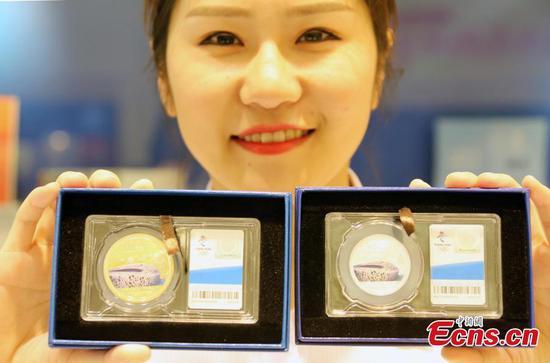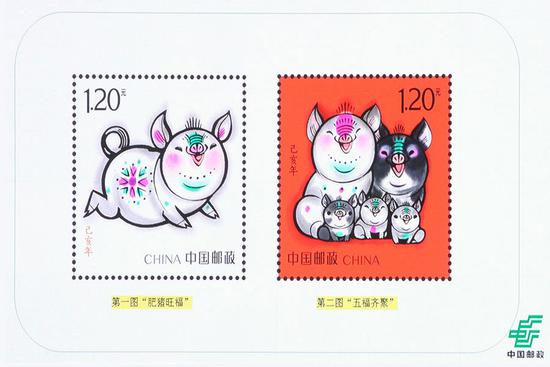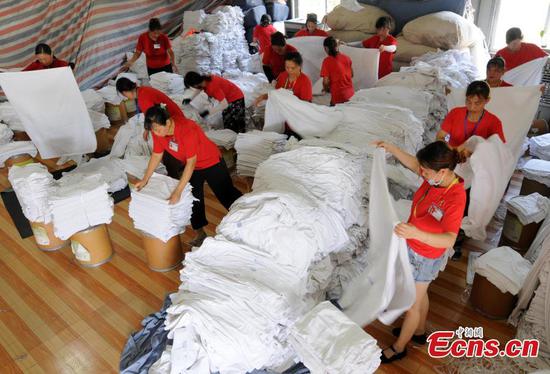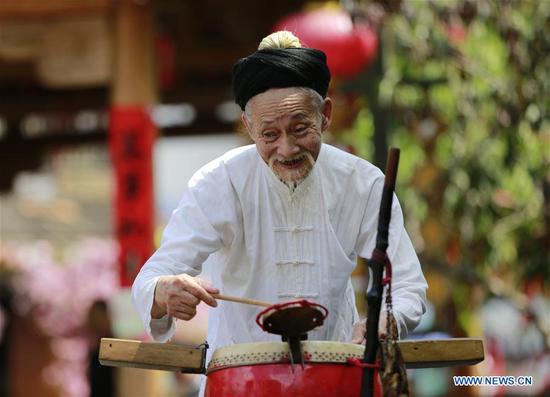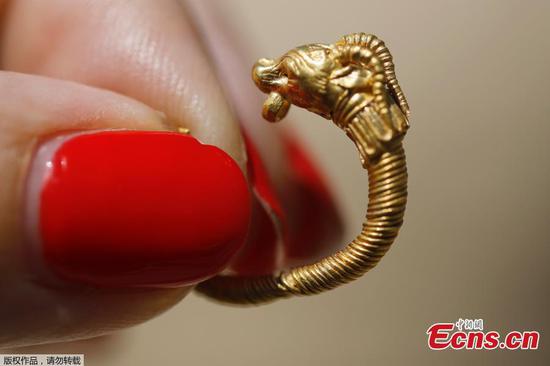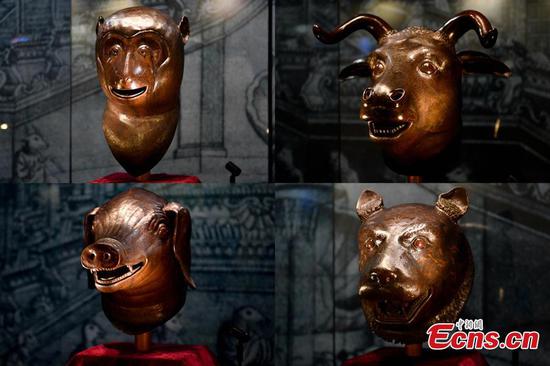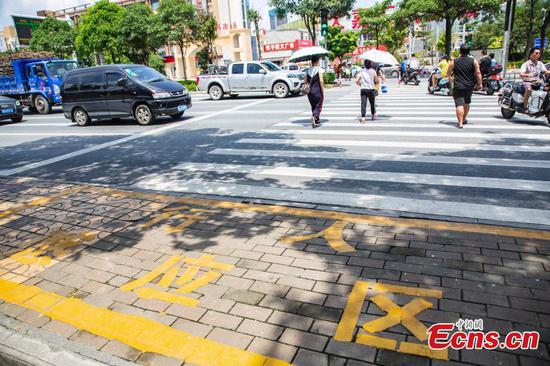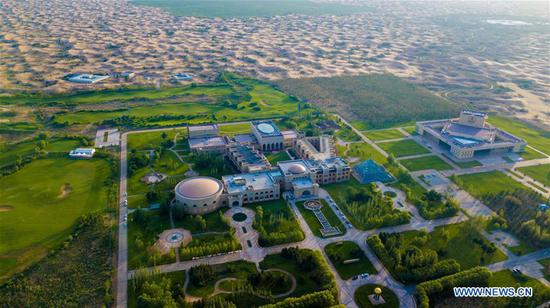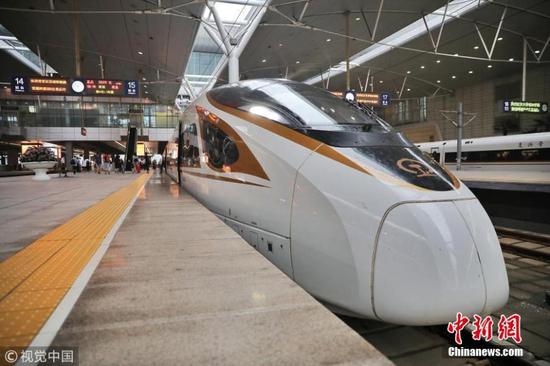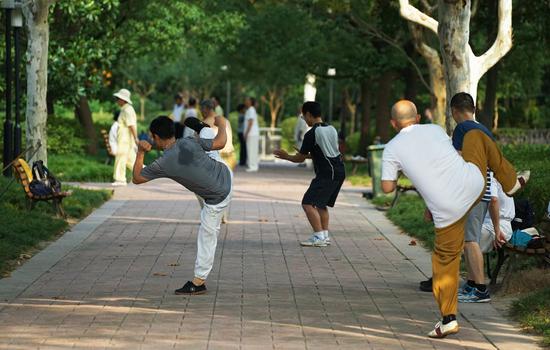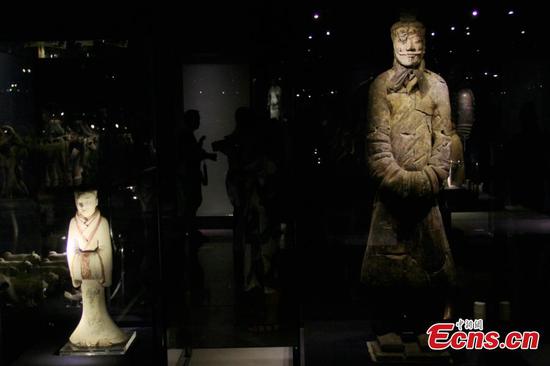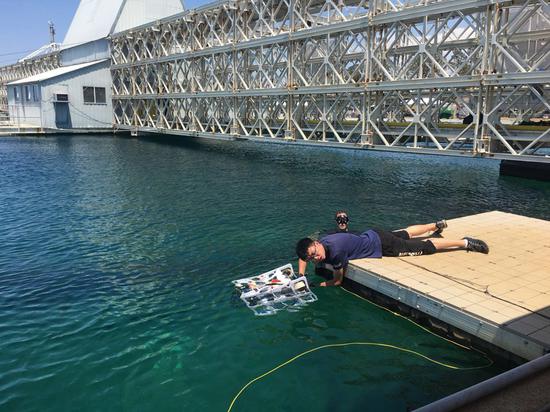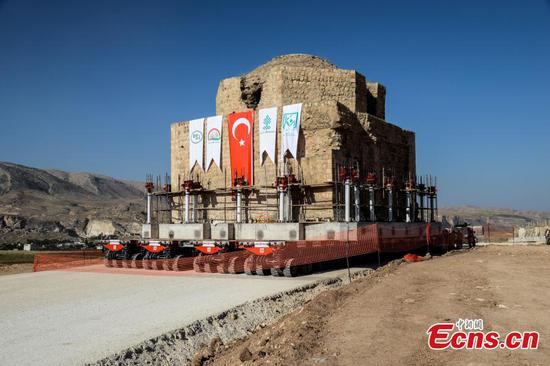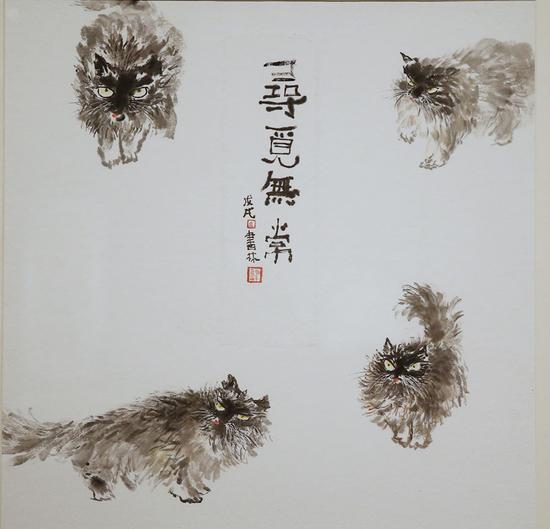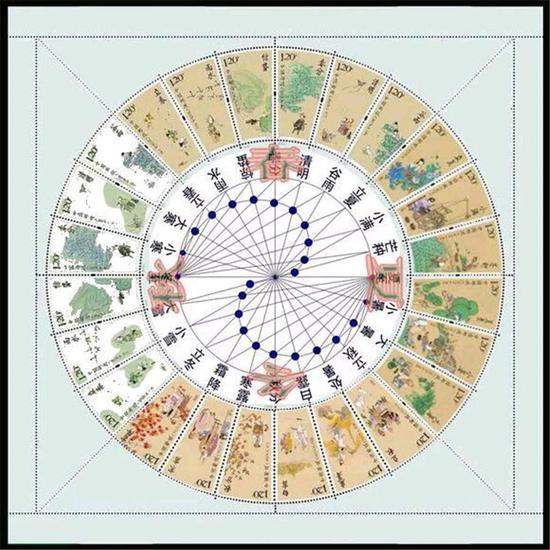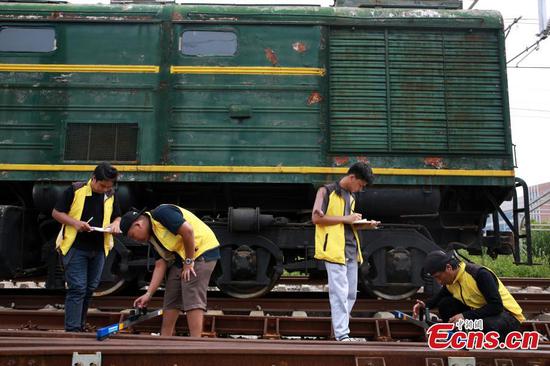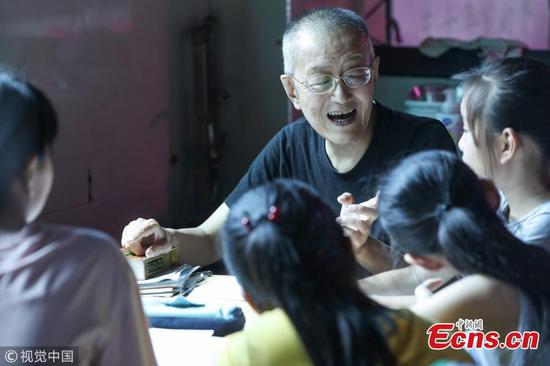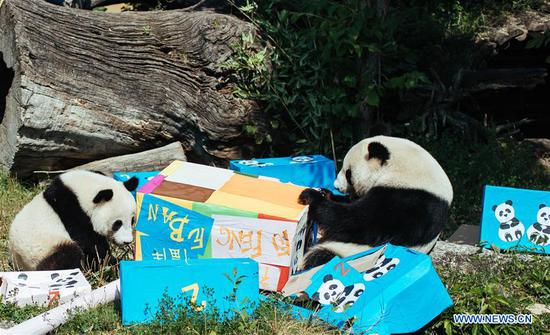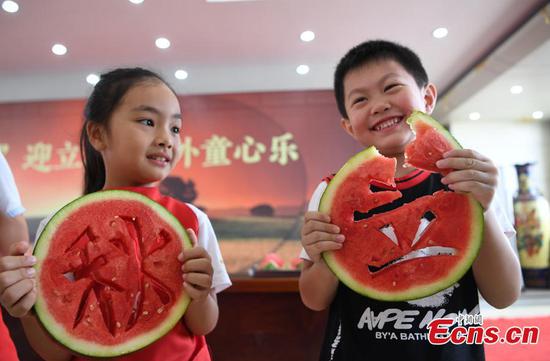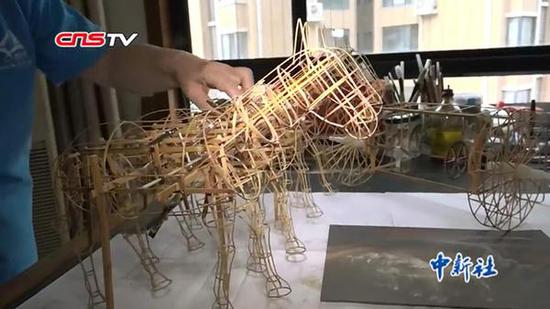Although Xu's team has come up with some popular designs, he still feels that interpreting collections for modern designs is difficult.
The cooperation between the National Library of China and Shanghai Free Trade Zone in June increases the difficulty because turning books into products is harder than turning artworks into them.
"It's the first time we have designed products for libraries. To turn books and Chinese characters into creative products is a big challenge and time-consuming," Xu said.
The National Library of China has more than 37 million books, many of them rare and thousands of years old.
Xu also uses the free trade zone to help sell museum products overseas. Some items, such as postcards, feature in online stores for foreign buyers, but such sales are still in their infancy, Xu added.
For He Yizan, whose company, Alfilo, signed the license contract with the British Museum and the Palace Museum, Chinese museums' business overseas is set to take off.
"Museums are major inspirations for designers in the West. I believe there must be passion for the Palace Museum outside China," He said.
He's team is developing product ideas with the theme "when East meets West", for example, enamel vases and bottles introduced into China's royal families in the 17th century. The technique for creating them was learned by Chinese craftsmen. The Palace Museum has a large collection of such enamelwork, which He considers to be a good inspiration for products tailored for Western consumers.
He's company has teams in Shanghai and Los Angeles, and he plans to work with retailers and brands in the West to expand the market for museum products from the East.
He said Western museums have only relatively recently entered the commercial arena, and although they are leading the way, their Chinese counterparts are catching up.
As a museum lover, Feng Wei from Beijing likes to buy museum products. She has bought a yellow duck from the British Museum, a necklace from the Louvre in Paris and bookends from the Museum of Modern Art in New York.
Now, she has turned to products from Chinese museums, which she says are considerably more attractive than when they were designed five years ago, when most museums only had an on-site store selling low-quality souvenirs.
"All my female friends buy museum products on Tmall. They are very beautiful and practical," she added.
She buys teacups, bags, bookmarks, paper tapes, notebooks and even aprons. When she visits her foreign friends, she hands them over as gifts.
"They love it and I feel proud to share a taste of my culture," Feng said.
The mother of a 3-year-old boy, Feng added that her only regret is that there are not enough museum products for children in China and they are not well-designed or are "too childish".









